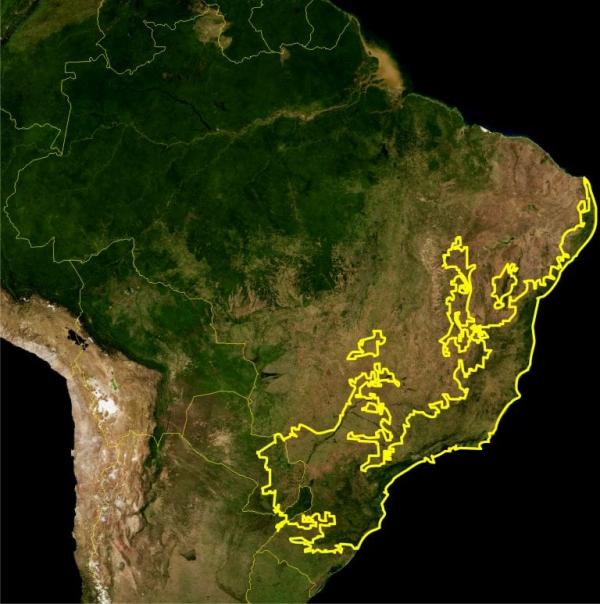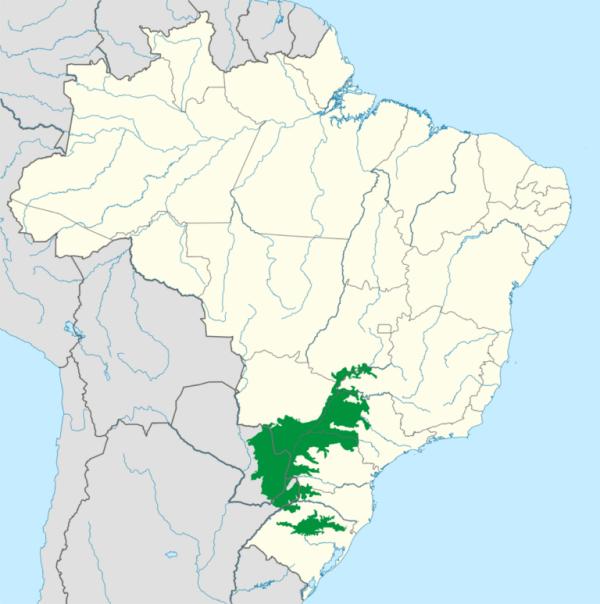Atlantic Rain Forest
Why the Atlantic Rainforest Still Matters
Often confused with the Amazon, Brazil’s Atlantic Rainforest (Mata Atlântica) is a separate and unique ecosystem—one of the richest in biodiversity anywhere on Earth. It is the native region of Agaricus blazei Murrill (ABM), a nutrient-rich mushroom valued in traditional wellness practices and studied extensively in modern research.
While the Atlantic Rainforest is an environmentally protected area, all cultivation of ABM mushrooms takes place adjacent to the forest, not within it. This allows growers to benefit from the same clean water, soil, and environmental purity—without disturbing this fragile ecosystem.
From Abundance to Endangerment
Once spanning over 1.2 million square kilometers, the Atlantic Rainforest extended across 17 Brazilian states—from the coast to the inland mountains. It once covered an area larger than California, Nevada, and Arizona combined.
Today, less than 10% of that original forest remains, fragmented by urbanization, agriculture, and logging. Yet despite this loss, the Atlantic Rainforest still holds more species per square kilometer than the Amazon, including many found nowhere else on Earth.
Plants and Animals: A Global Hotspot for Biodiversity
The Atlantic Rainforest is considered the richest forest in tree species on the planet and supports:
- More than 10,000 species of plants, with nearly 50% endemic
- An estimated 1.6 million species of fauna, including insects and microfauna
- 261 species of mammals, 160 found nowhere else
- 620 species of birds, with 160 endemic
- 260 species of amphibians, including 128 that are exclusive to this region
Its vegetation ranges from tropical moist broadleaf forests in the coastal plains to semi-deciduous forests farther inland, with Araucaria pines in the cooler south reaching over 100 feet. This range of forest types—shaped by differences in altitude, latitude, and rainfall—creates an environment of extraordinary complexity.
“The Atlantic Rainforest can lay claim to a far greater biodiversity than even that of the Amazon Rainforest.”
A Fungal Foundation for the Forest—and for ABM
Rainforests survive due to complex, symbiotic relationships between trees, plants, and tiny micro-organisms and fungi. These fungi—often hidden from sight—are the underground life force that allows the forest to thrive.
Fungi break down organic matter, extract minerals, and return vital nutrients to the soil, feeding everything from towering trees to medicinal mushrooms like Agaricus blazei Murrill. Without fungi, this intricate ecosystem would collapse.
That’s why sourcing ABM mushrooms from Brazil’s Atlantic Rainforest is more than a matter of origin—it’s a matter of purity, potency, and ecological integrity.

Original Area:
498,337mi² (318,935,680 acres) = 15% of the Brazilian territory

Remaining Area:
36,294 mi² (23,227,904 acres) = 7.3% approximately
